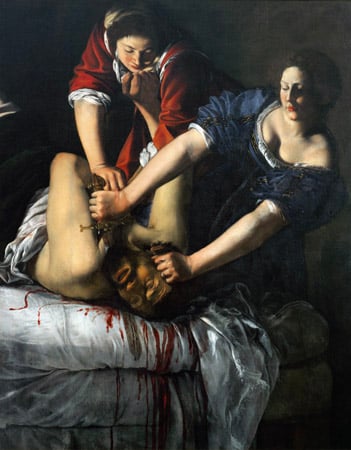
International Women's Month: Pioneering Female Artists Through History
This International Women's Month, we're taking a look at the pioneering female artists throughout history who have addressed or fought the status quo, helping constant push for social equality around the world.
Artemesia Gentileschi (1593 - 1653)
Artemesia Gentileschi turned the horrors of her own life into powerful biblical paintings which today are seen as an early rallying cry for the oppression women faced regularly in society. A student of Caravaggio (and one of his most successful) his arresting painting of Judith and Holofernes influenced her to produce a new take. Her two surviving works are seen today as some of the earliest examples of a fight against male oppression in art.
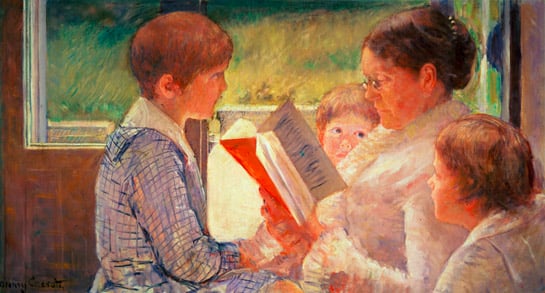
Mary Stevenson Cassatt (1844 - 1926)
An active member of the cause of Women’s suffrage was the American artist Mary Stevenson Cassatt, an Impressionist painter celebrated amongst such male contemporaries as Edgar Degas and Gustav Caillebotte. Although described by Gustave Geffroy as one of the ‘trois grandes dames’ of Impressionism, Cassatt worked against much of the general criticism received by female artists at the time. In 1915, despite her waning health and near blindness, she had eighteen works shown in an exhibition supporting the Suffragette movement. Click here to view an in-depth video profile of the artist and her key works.

Harriet Backer (1845 - 1932)
The pioneering Norwegian realist painter Harriet Backer gained respect and admiration from her intellectual peers throughout her career. By 1850's standards, she was unusually well educated for the time and she began drawing lessons aged 6, and her parents encouraged her artistic aspirations - when they moved to Christinia (now Oslo) in 1857, she was enrolled in Johan Fredrik Eckersberg's school from 1861 to 1865. Subsequently, she became a student at Christian Brun's institute from 1867 to 1868 and at Knut Bergslien's painting academy from 1872 to 1874. She spent several winters in Berlin and Weimar and in 1870 had traveled to Italy to copy old masters. Today she is known for paintings of interiors from all areas of society - from Parisian salons to Norwegian farmhouses - all of them with figures, primarily women.
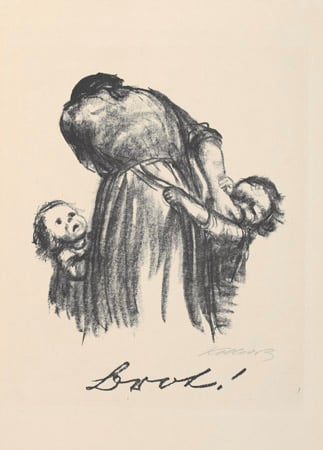
Käthe Kollwitz (1867 - 1945)
Käthe Kollwitz, known for her art cycles including The Weavers and The Peasant War was a German artist who worked with painting, printmaking and sculpture. She was primarily concerned with depicting the effects of poverty, hunger and war on the working class, with a particular focus on their struggles and tribulations. As a child, her education and art were influenced greatly by her grandfather's lessons in religion and socialism. Käthe Kollwitz was the first woman to not only be elected to the Prussian Academy of Arts but to also receive honorary professor status.

Dame Laura Knight (1877 - 1970)
Dame Laura Knight is rightly recognised as one of the most successful and historically significant English painters of all time. She enjoyed a hugely successful career which paved the way for greater recognition and celebration of the talent of fellow female artists in the male-dominated British art establishment. She also found great interest and inspiration in marginalised communities, such as gypsies, circus performers and travellers. In 1936, she became the first woman elected full membership of the Royal Academy. Her large retrospective there in 1965 was the first for a woman.
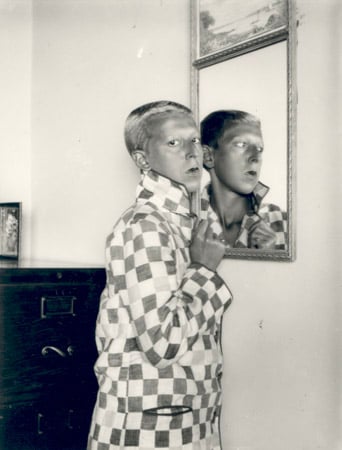
Claude Cahun (1894 - 1954)
Claude Cahun, born Lucy Renee Mathilde Schwob was a Jewish-French photographer, sculptor and writer. She changed her name to the gender neutral Claude Cahun in 1917. Cahun’s work comprises self-portraits which have a surreal and self-exploratory quality. It is suspected that one of her frequent collaborators, Marcel Moore, assisted her behind the camera for these shoots. Her questioning of gender roles was revolutionary and perhaps too ahead of her time. Cahun was also anti-war, and was arrested by the Nazis in 1944 while sabotaging military events in Jersey, which she and Marcel Moore would attend in costume and place hidden fliers containing anti-nazi rhetoric. While she escaped death when the island was liberated in 1945, her work only received recognition 40 years after she passed away. Her work has gone on to influence contemporary photographers such as Gillian Wearing, Cindy Sherman, Nan Goldin and Del LaGrace Volcano.
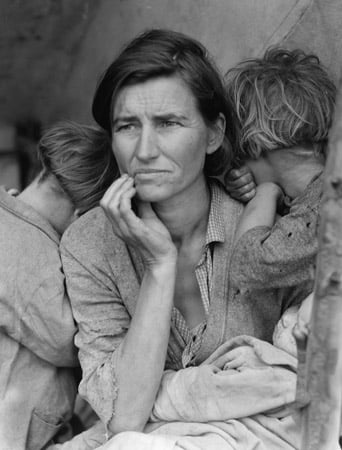
Dorothea Lange (1895 - 1965)
Dorothea Lange was an American photographer known for her powerful images of human suffering and hardship, especially images captured during the US Depression in the 1930s. The famous Depression photographs were commissioned by the Farm Security Administration (FSA). For 5 years from 1935, Dorothea and her husband Paul Schuster Taylor (a professor of Economics) documented rural poverty and the exploitation of sharecroppers and migrant labourers – Taylor interviewing and gathering economic data, and Lange taking photos. The resulting body of work highlighted the plight of the ordinary rural people, many of whom were on the brink of starvation, and prompted the government to come to their aid. Lange’s deeply effecting work during this period has come to define the Depression era – especially the iconic ‘Migrant Mother’ – and greatly influenced the development of documentary photography.
She went on to document the forced eviction of Japanese-Americans after the attack on Pearl Harbour in 1941. The resulting photographs were so obviously critical that the Army impounded most of them - most not seen publicly until after the war.
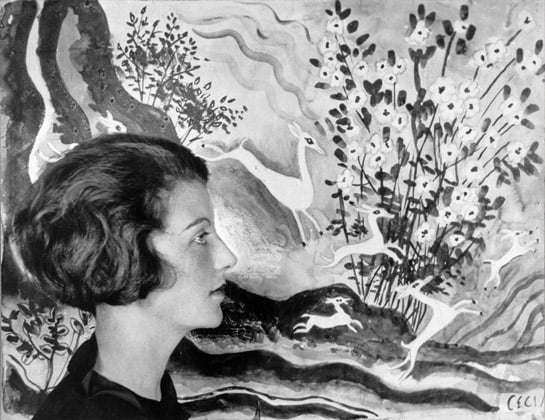
Estate of Eileen Agar (1899 - 1991)
Bridgeman Copyright artist Eileen Agar was one of the few female painters accepted into the male-dominated circle of the Surrealists. In fact, she was the only British woman to be featured in 1936’s International Surrealist Exhibition in London, the exhibition that catalysed the British public’s interest in the movement. She studied at the prestigious Slade School of Art in 1925 before moving to France.
It was in Paris in the early 1930s that Agar’s association with the Surrealist movement began, after she befriended Andre Breton, Paul Eluard and Ezra Pound. She enjoyed her first solo show at London’s Bloomsbury Gallery in 1933 and a year later became a member of The London Group, a group of artists who aimed to challenge the hegemony of the Royal Academy of Arts, which they felt had become conservative and unadventurous. Within the next few years, Agar’s work was not only featured in the immensely popular International Surrealist Exhibition but was also exhibited in Amsterdam, New York, Paris and Tokyo.

Anni Albers (1899 - 1994)
Anni Albers (1899–1994) was born Annelise Else Frieda Fleischmann in Berlin, Germany, to a bourgeois family of furniture manufacturers. In 1922 she joined the Bauhaus, an influential art and design school established by the architect Walter Gropius in Weimar, and enrolled in the school’s weaving workshop. It was at the Bauhaus that she met the artist Josef Albers, who she married in 1925. She completed her diploma in weaving in 1930 and succeeded Gunta Stölzl as the head of the weaving workshop the following year. However, in 1933 the Bauhaus closed under increasing pressure from the Nazi party, and the Alberses fled to America when they were invited by the American architect Philip Johnson to teach at Black Mountain College, an experimental art school in North Carolina. There they initiated and led the art programme until 1949. That year, Anni Albers held her first retrospective at the Museum of Modern Art in New York, the first solo exhibition to be dedicated to a textile artist at the institution.

Barbara Hepworth (1903 - 1975)
Barbara Hepworth, the influential and much loved sculptor spearheaded Britain’s Modernist movement alongside Henry Moore, Ivon Hitchens and Ben Nicholson. In her youth, she had studied at Wakefield Girls High School. In 1920 she enrolled at the Leeds School of Art after being awarded a full scholarship. Here she encountered another prominent British sculptor, Henry Moore. They became friends and established a friendly rivalry that lasted professionally for several years. She was the first to sculpt the pierced figures that are characteristic of works by both artists. Hepworth was a famous figure in the colony of artists who resided in St. Ives and lived during the Second World War. She produced her most famous work in the Cornish fishing village and resort, and was given the Freedom of St. Ives award in 1968 in acknowledgement of her contributions to the community.
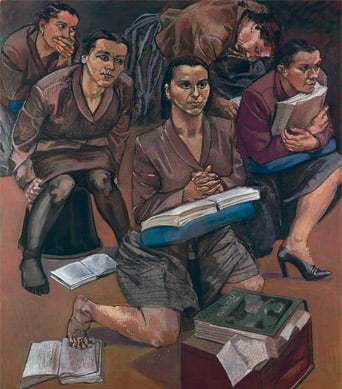
Paula Rego (1935 - )
Born in Lisbon, Portugal, Dame Paula Rego (b. 1935) is one of Europe’s most influential contemporary figurative artists. A painter of “stories”, her characters enact a variety of roles and depict disquieting tensions below the surface. Her large pastel paintings and sharply drawn etchings are psychologically charged depictions of human dramas and narratives.
Rego studied at the Slade School of Fine Art, London (1952–56), and has received honorary doctorates from the University of St. Andrews, Scotland, the University of East Anglia, Norwich, the Rhode Island School of Design, USA, The London Institute, Roehampton University, London, and Oxford University. In 2010 she was created a Dame of the British Empire in the Queen’s Birthday Honours, and won the Mapfre Foundation Drawing Prize, Madrid (2010)
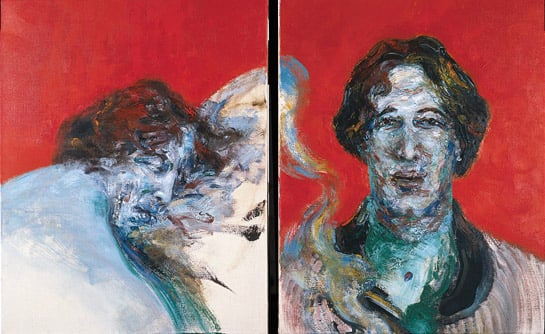
Maggi Hambling (1945 - )
Maggi Hambling is a British painter and sculptor. She is best known for her expressive portraits and sublime depictions of landscapes and seascapes. Working in the tradition of John Constable and J.M.W. Turner, Hambling’s close-up paintings of waves also call to mind the suspended, detailed prints of Hokusai Katsushika. Aside from painting, the artist has made a number of public sculptures, including a tribute to Oscar Wilde in the center of London, and Scallop on Aldeburgh beach. Born on October 23, 1945 in Sudbury, United Kingdom, she studied at the East Anglian School of Painting and Drawing under Cedric Lockwood Morris and Arthur Lett-Haines before attending the Slade School of Art. In 1980, Hambling became the first Artist in Residence at the National Gallery in London, and soon after created a series of portraits of the comedian Max Wall. Recently, her work has been more overtly feminist; her nude sculpture, A Sculpture for Mary Wollstonecraft has attracted controversy.
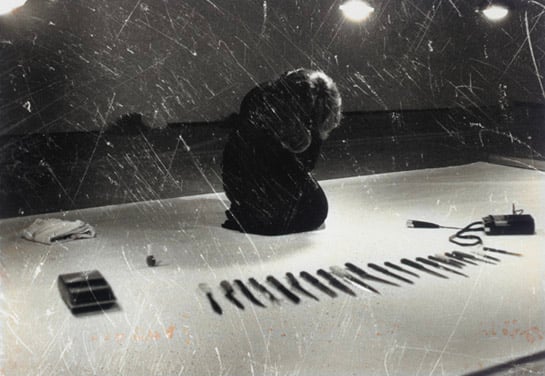
Marina Abramović ( 1946 - )
Over the past 50 years, Marina Abramović has earned worldwide acclaim as a pioneer of performance art. Abramović has consistently tested the limits of her own physical and mental endurance in her work – and invited audiences to encounter it with her. Works such as Rhythm 0 (1974) invited audiences to freely interact with Abramović however they chose – famously resulting in a loaded gun held to her head. 'I was ready to die' Abramović said, walking away six hours later dripping with blood and tears. Later works such as The Artist Is Present (2010), at the Museum of Modern Art in New York, pushed audiences to question their own emotions, as they sat in silence opposite the artist. She has tested herself through performance for over 50 years and continues to challenge the medium to this day.
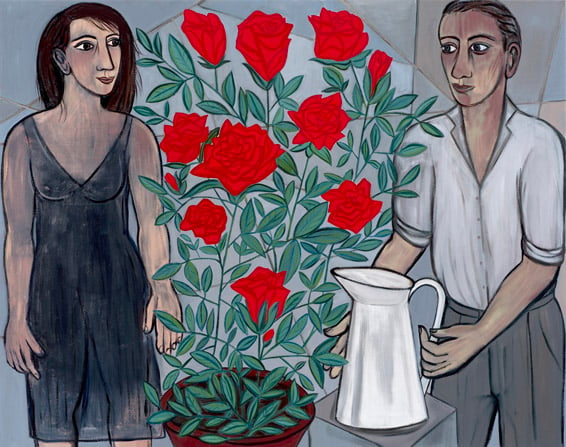
Eileen Cooper (1953 - )
Sometimes described as a magic realist, Eileen Cooper (b. 1953) brings an unapologetically female perspective to her subject-matter, which encompasses sexuality, motherhood, life and death. She studied at Goldsmiths College from 1971-1974. Senior members of staff at that time included Bert Irvin RA, Basil Beattie RA and Michael Craig Martin RA. She went on to study Painting at the Royal College of Art under Peter de Francia, graduating in 1977 and soon began to exhibit her work. During the 1980s she became a major figure, well known and regarded for her strong and passionate figuration. Cooper has always taught part time in numerous institutions including St Martins, Royal College of Art and the Royal Academy Schools. She became a Royal Academician in 2000 and from 2010-2017 served as Keeper of the Royal Academy, the first woman to be elected to this role since the Academy began in 1768.
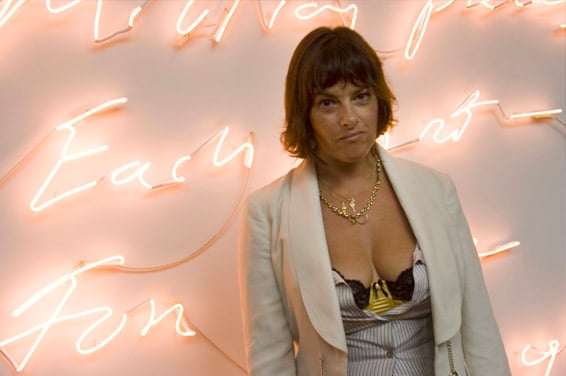
Tracey Emin (1963 - )
Tracey Emin, CBE, RA is an English artist known for her intimate autobiographical and confessional artwork, typically displayed as conceptual pieces installed in the exhibition space. Emin produces work in a variety of media including drawing, painting, sculpture, film, photography, neon text and sewn appliqué. Her behaviour during the 1980s as one of the Young British Artists was unconventional and controversial but her approach and attitude is now one of the defining characteristics of her art, with 'My Bed' - a textbook example of this - a readymade installation comprising her own dirty bed, with unwashed sheets, used condoms and blood stained underwear. Tracey Emin is currently a Royal Academician of the Royal Academy of Arts.
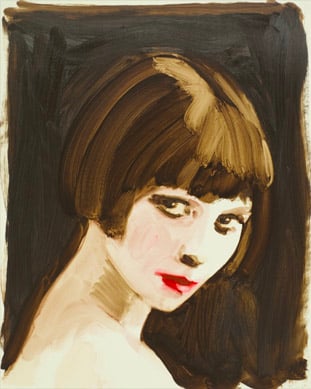
Annie Kevans (1972 - )
Kevans uses our familiarity with portraiture and public figures to draw attention to the proverbial ‘elephant in the room’. With her 'Collaborators' series, she profiles famous figures such as Coco Chanel and Gaston Louis Vuitton, revealing their secretive and little-known collaboration with the Nazis during World War II. With these works, the artist investigates collective memory and the manipulation of reputations to fit an ideal. The works in 'Girls', a series which looks at the sexualisation of childhood, see child stars such as Brooke Shields, Britney Spears and the Olsen twins take on an almost eerie appearance, their wide-eyed naivety counteracted by sensuously plump red lips and semi-nudity.
Having an affinity for the marginalised, Kevans paints figures overlooked, exploited, or objectified within the context of history or contemporary culture, imbuing her subjects with a tangible humanity and sensuality.
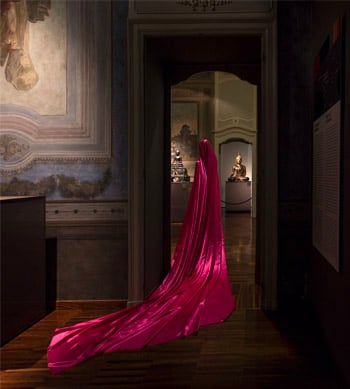
Guler Ates (1977 - )
Born in 1977 in Eastern Turkey, Güler Ates has lived and worked in London for the past 19 years. Currently, she is Digital Print Tutor at the Royal Academy Schools.
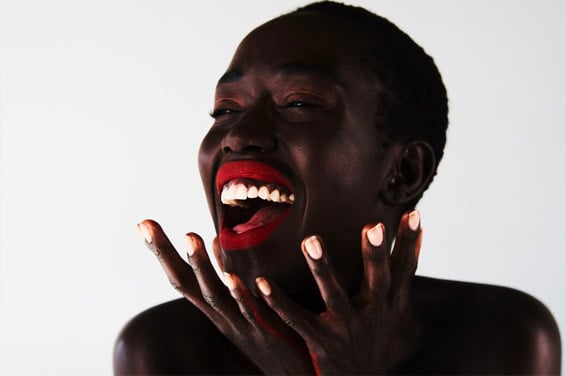
Diana Gomez
Born and raised in Caracas, Venezuela and developing her visual career in London for the last 17 years, Diana had the great fortune of growing up surrounded by colour and nature in a big developing city. Influenced by great filmmakers and her love for humanity, people, nature, music and narratives, Diana’s beautifully lit and colourful images capture a sense of optimism, power and beauty that portrays her sitters in a confident and engaging way.

